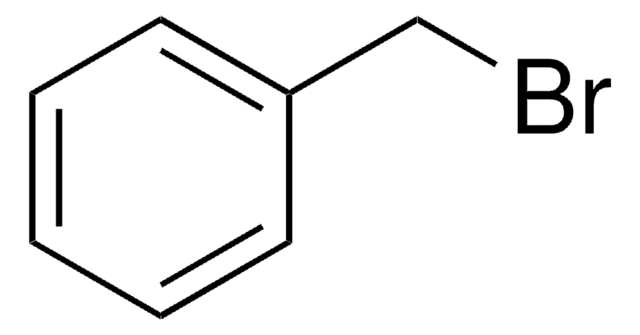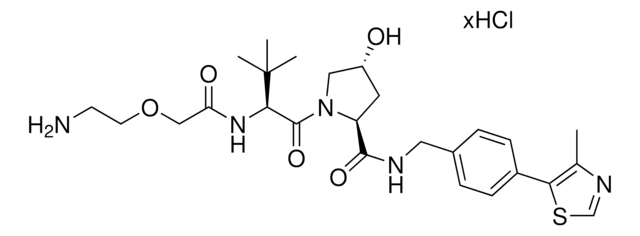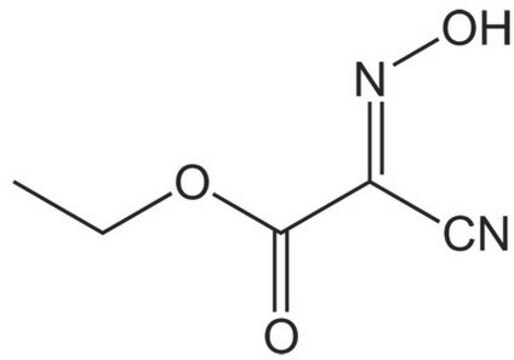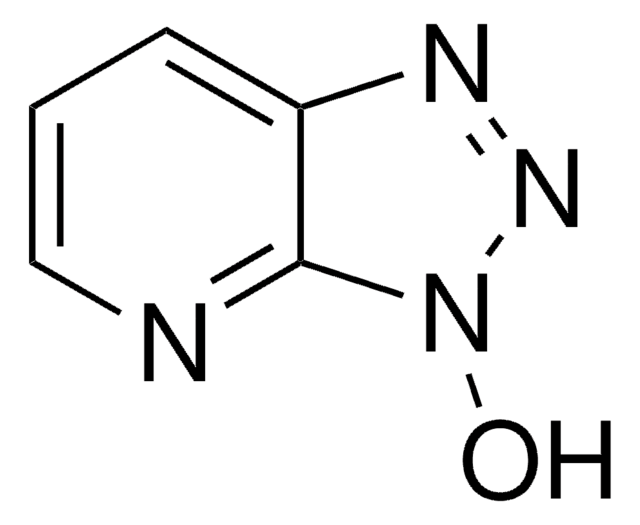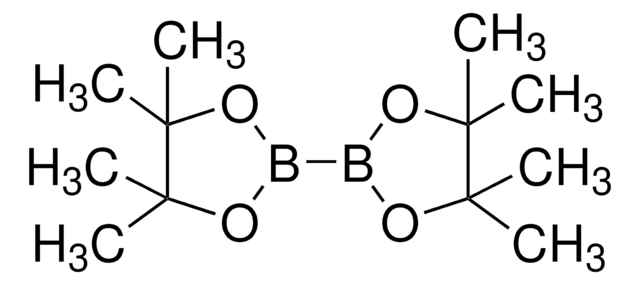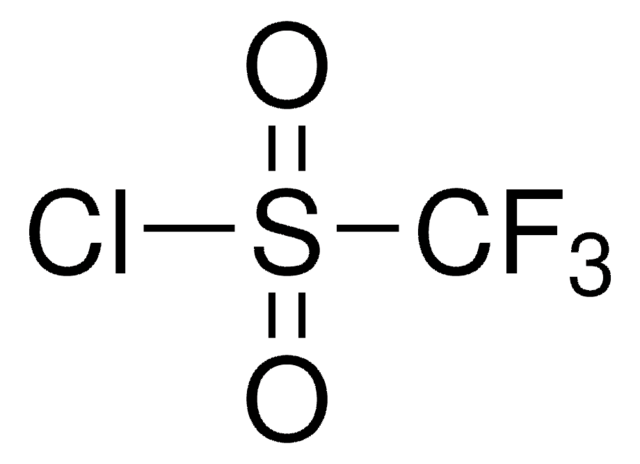Kluczowe dokumenty
901609
Diisopropylcarbodiimide solution
1 M in dichloromethane
Synonim(y):
Diizopropylometanodiimina
About This Item
Polecane produkty
Formularz
liquid
przydatność reakcji
reaction type: Coupling Reactions
stężenie
1 M in dichloromethane
współczynnik refrakcji
n/D 1.4251
gęstość
1.2231
Zastosowanie
peptide synthesis
InChI
1S/C7H14N2/c1-6(2)8-5-9-7(3)4/h6-7H,1-4H3
Klucz InChI
BDNKZNFMNDZQMI-UHFFFAOYSA-N
Szukasz podobnych produktów? Odwiedź Przewodnik dotyczący porównywania produktów
Opis ogólny
Zastosowanie
- Alternatywa dla dicykloheksylokarbodiimidu w syntezie peptydów.
- Odczynnik sprzęgający do syntezy peptydów.
- DIC(N,N′-diizopropylokarbodiimid) został użyty w połączeniu z 1-hydroksy-7-azabenzotriazolem (HOAt) do sprzęgania aminokwasu z N-alliloglicyną w celu utworzenia N-allilopeptydu.
produkt powiązany
Hasło ostrzegawcze
Danger
Zwroty wskazujące rodzaj zagrożenia
Zwroty wskazujące środki ostrożności
Klasyfikacja zagrożeń
Acute Tox. 2 Inhalation - Carc. 2 - Eye Dam. 1 - Flam. Liq. 3 - Resp. Sens. 1 - Skin Irrit. 2 - Skin Sens. 1 - STOT SE 3
Organy docelowe
Central nervous system
Kod klasy składowania
3 - Flammable liquids
Klasa zagrożenia wodnego (WGK)
WGK 3
Temperatura zapłonu (°F)
91.4 °F
Temperatura zapłonu (°C)
33 °C
Wykazy regulacyjne
Wykazy regulacyjne dotyczą głównie produktów chemicznych. Można w nich podawać ograniczoną liczbę informacji na temat produktów niechemicznych. Brak wpisu oznacza, że żaden ze składników nie znajduje się w wykazie. Użytkownik odpowiada za zagwarantowanie bezpiecznego i zgodnego z prawem stosowania produktu.
EU REACH Annex XVII (Restriction List)
Wybierz jedną z najnowszych wersji:
Certyfikaty analizy (CoA)
Nie widzisz odpowiedniej wersji?
Jeśli potrzebujesz konkretnej wersji, możesz wyszukać konkretny certyfikat według numeru partii lub serii.
Masz już ten produkt?
Dokumenty związane z niedawno zakupionymi produktami zostały zamieszczone w Bibliotece dokumentów.
Nasz zespół naukowców ma doświadczenie we wszystkich obszarach badań, w tym w naukach przyrodniczych, materiałoznawstwie, syntezie chemicznej, chromatografii, analityce i wielu innych dziedzinach.
Skontaktuj się z zespołem ds. pomocy technicznej
